The year was 1978, the city was Boston, and a budding photojournalist by the name of Michael Grecco had just wandered into the Rathskeller – a local music venue of some notoriety. Little did he know, he was about to become enmeshed in one of the most vibrant punk rock scenes of all time.
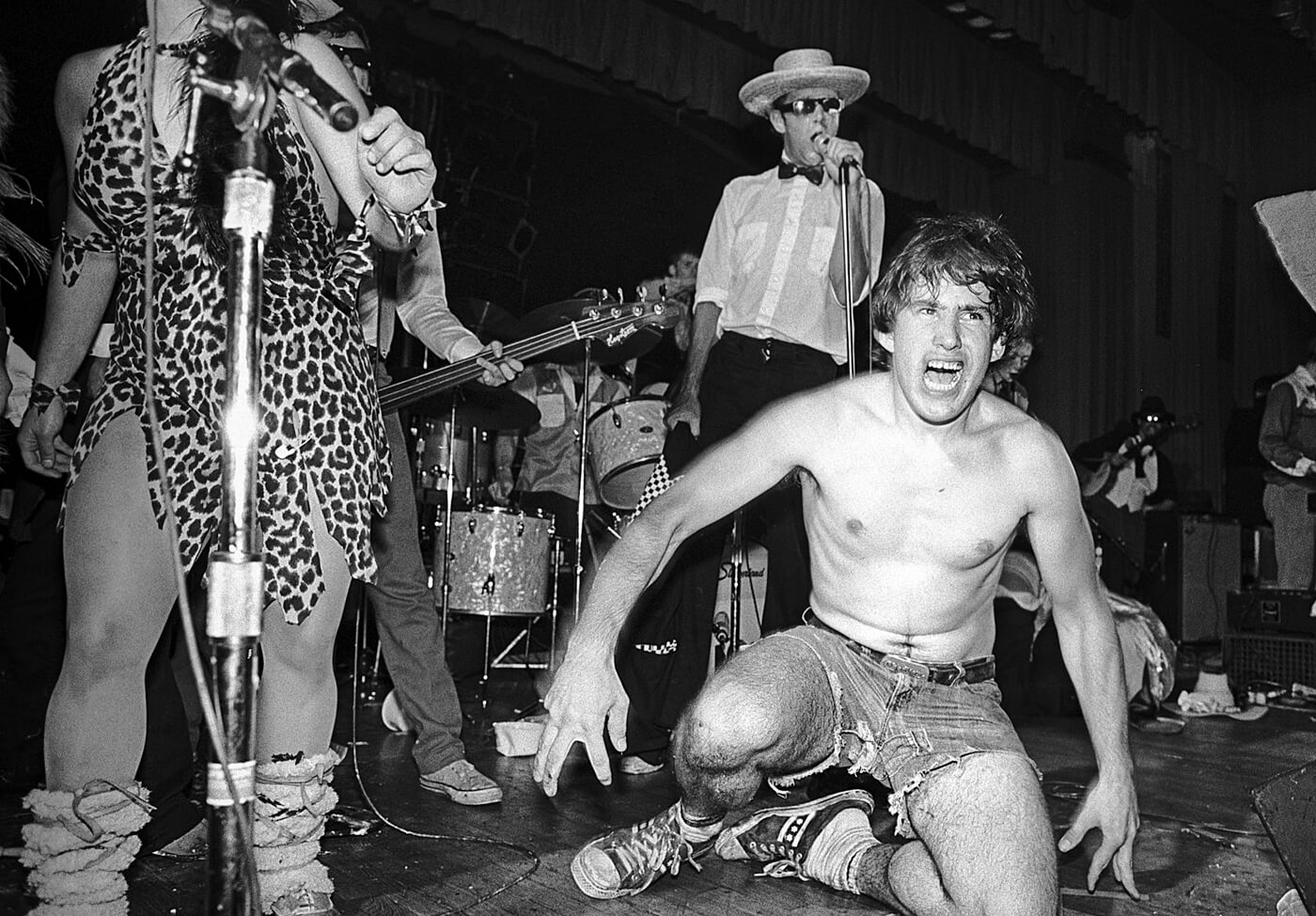
The thing about Boston is: it’s a college town to the core. You can hardly throw a rock without hitting a campus quad. Consequently, it’s always been a hotbed of youth culture. The heady energy of its young, excitable, newly independent denizens courses through the city’s veins—ready to be ignited by the smallest spark.
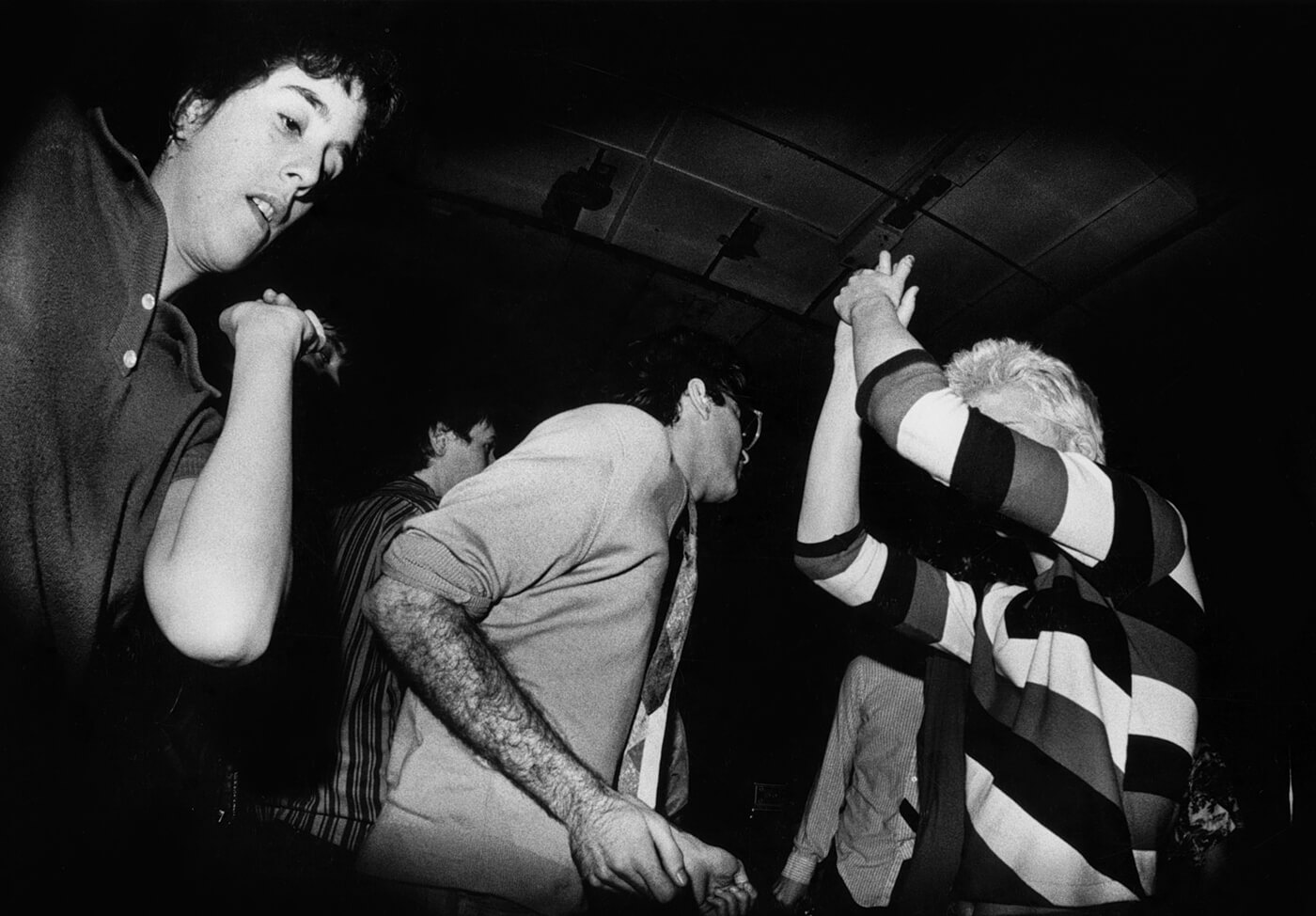
In the mid-70s and early 80s, that spark took the form of punk rock. Places like Spit, the Underground, and the aforementioned Rathskeller (often called “the Rat”), were having bands like Dead Kennedys, Talking Heads, and the Ramones play on a regular basis. Even more mainstream venues like Paradise Rock Club were putting on shows with the likes of DEVO. A pink-haired DJ named Oedipus was hosting America’s very first punk rock radio show on the MIT college station. The spirit of punk had taken hold of the Boston underground, and through it all, Grecco was there, taking photos for posterity.
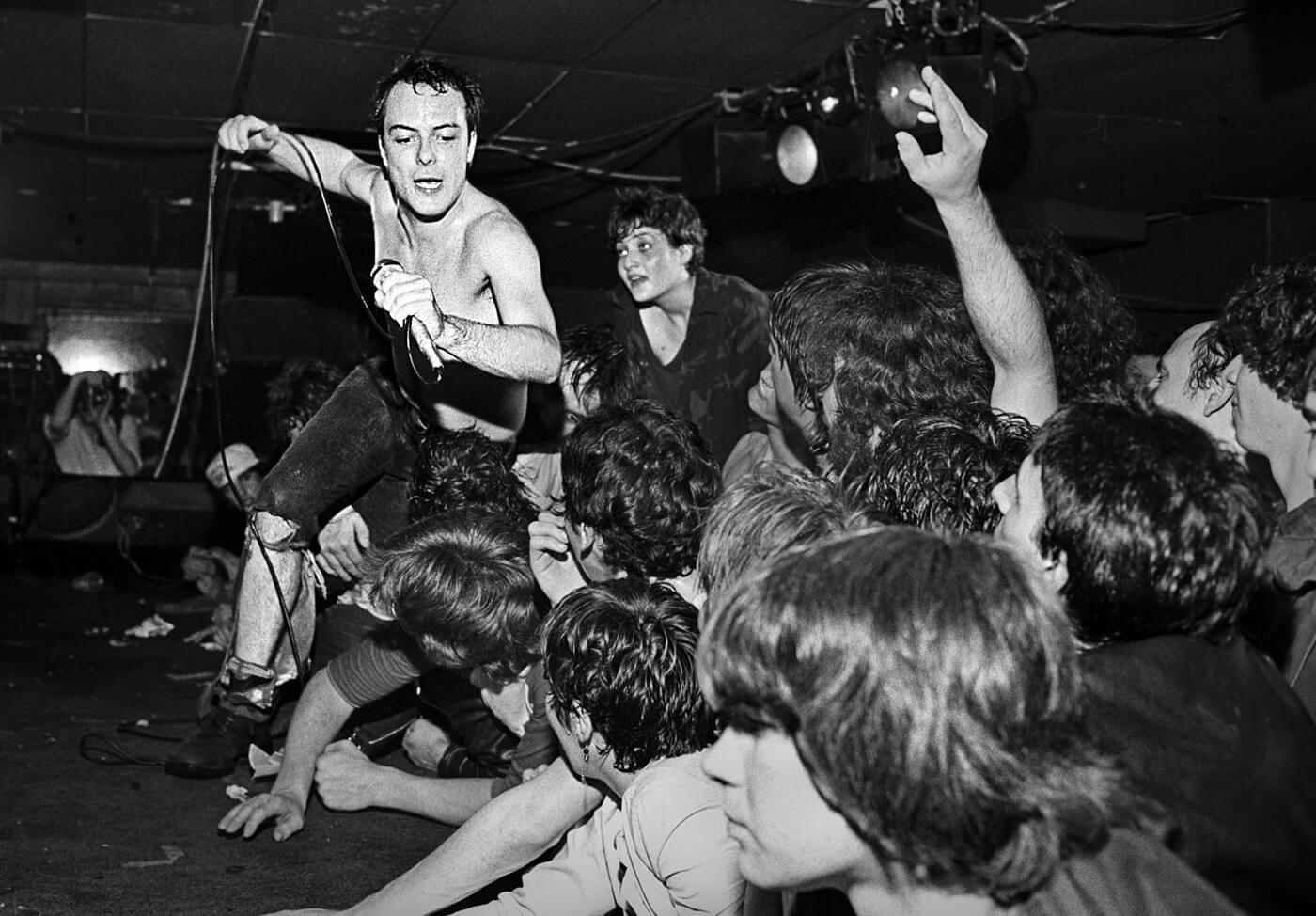
The incredible vitality of the Boston punk scene made it a sort of headquarters for the genre. In fact, it’s where legends like U2 and the Cure made their U.S. debuts. All the major bands played Boston; it was the first stop on every tour. They would spend a few nights winding themselves up performing for the exceedingly enthusiastic Boston crowds before heading down to New York City. Early access to bands on tour was hardly what made Boston special, though.
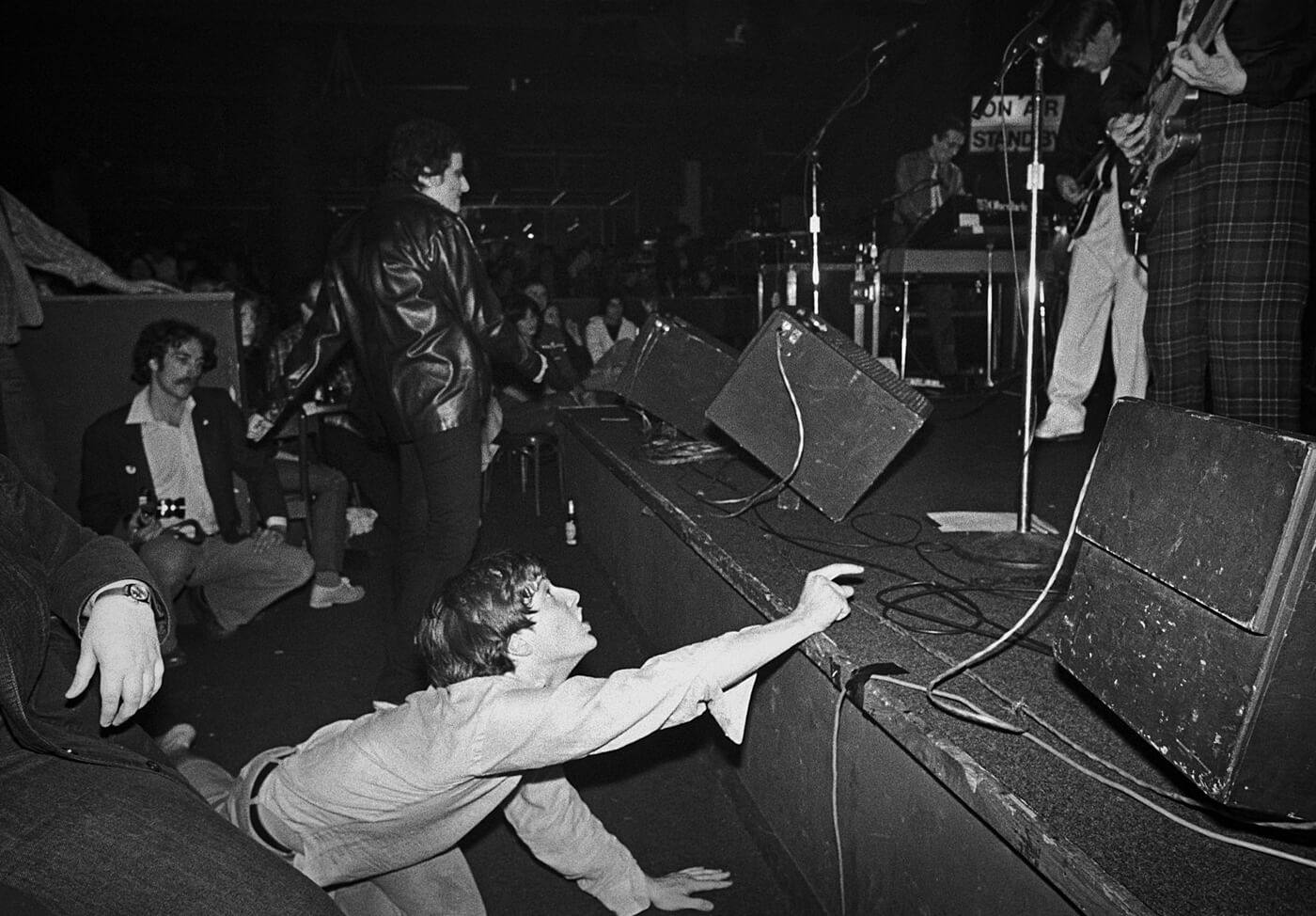
Being a part of the Boston punk scene forged a unique bond between those who were involved. The boundaries between performers, fans, and the people who keep things running behind the scenes were extremely blurred. Everyone knew everyone and most felt an automatic sense of camaraderie by virtue of their shared ethos. Crowds and bands alike would often end up at some house party or another after a show, carousing all through the night. It was a community in a very real sense.
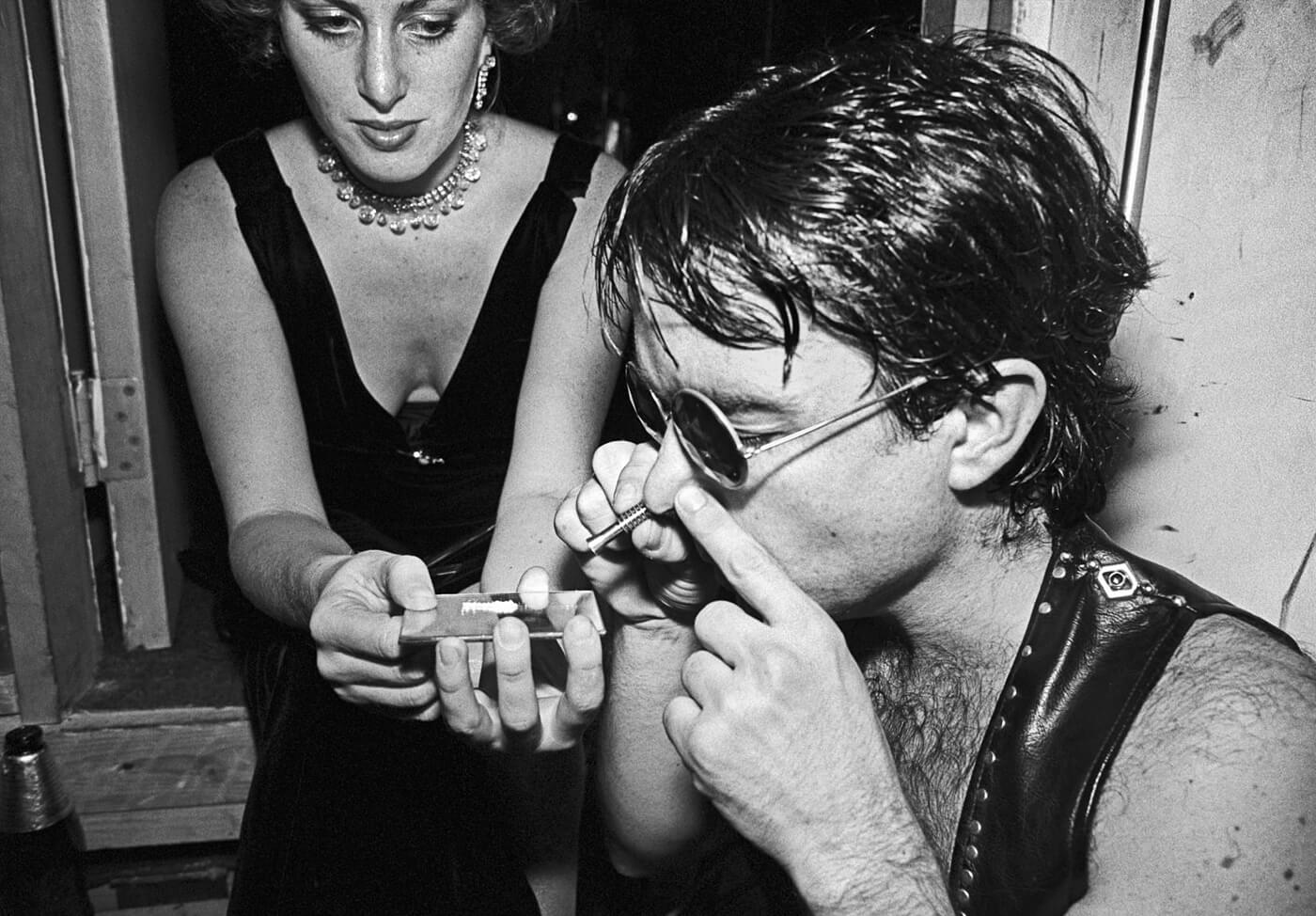
Creating this patchwork community was a group effort, to be sure, but there were a few fixtures who really put in the work to make it thrive. DJs like Oedipus, Tom Lane, and Greg Reibman, who spent their nights spinning at the clubs and their days spreading the good word via the radio waves; James Ryan, who kept the community fed at his restaurant in the Rat; Artists like Richie Parsons and Lizzie Borden, who made the Boston underground their home—these people were the backbone of the Boston punk scene, and Grecco got to know them all.
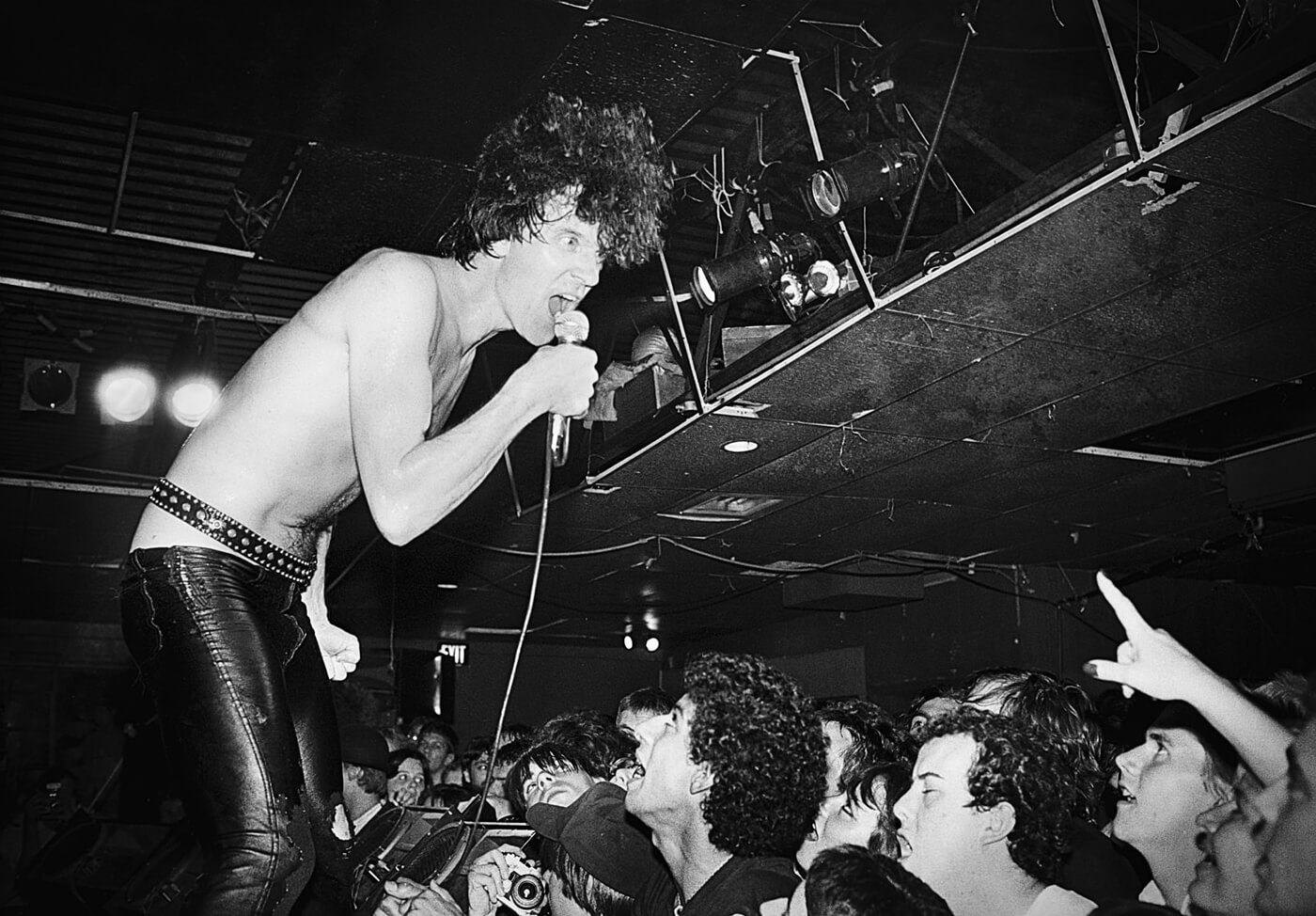
Though he viewed the scene through a camera much of the time, Grecco was no detached observer. He hung out in the booths with the DJs and ran the lights for them while they did their spinning. He lived off the food at James Ryan’s place. He spent countless hours with the bands that came through the city, photographing them on stage and off. He lived the punk rock life, and he’s got the pictures to prove it. Do you want to see them? Click here to check out our stunning collection of punk rock prints, or order Grecco’s book, Punk, Post Punk, New Wave: Onstage, Backstage, and In Your Face, today.
Want to hear more about the Boston punk scene straight from the mouths of some of its key players? Check out the YouTube video below.